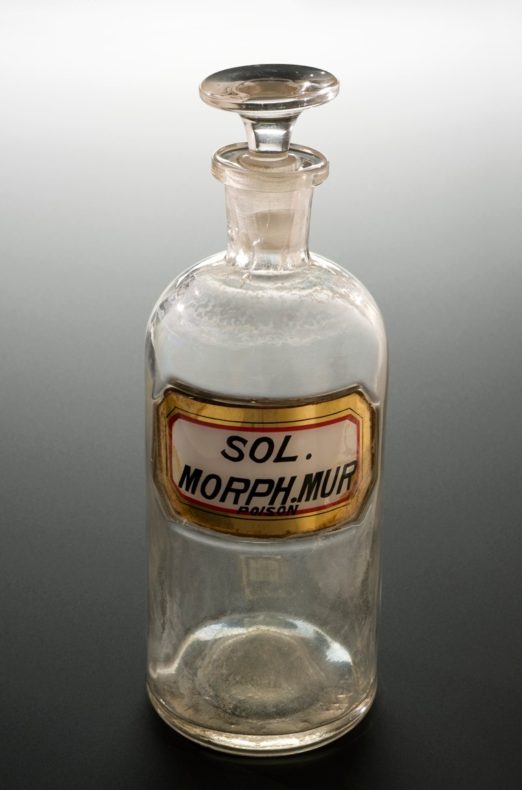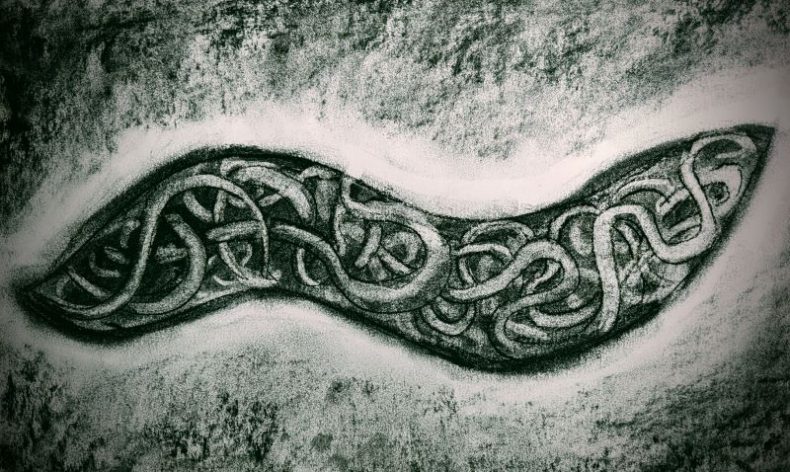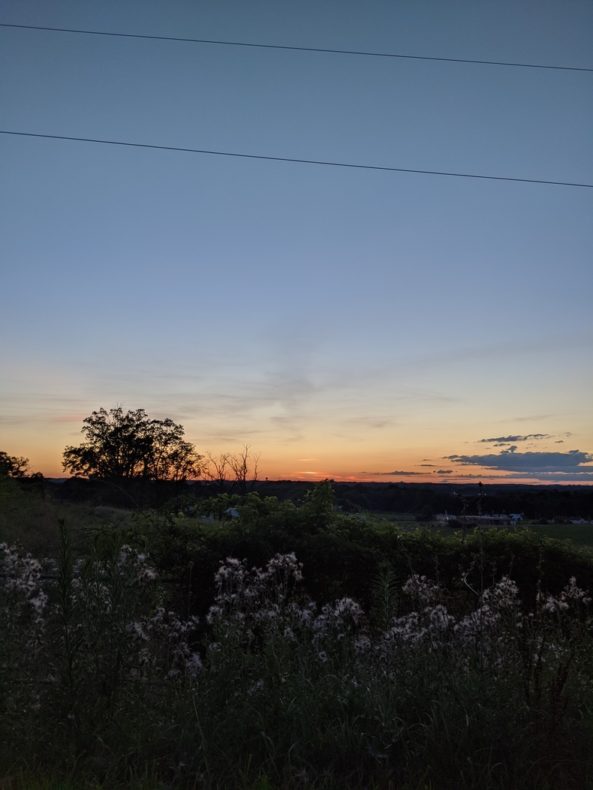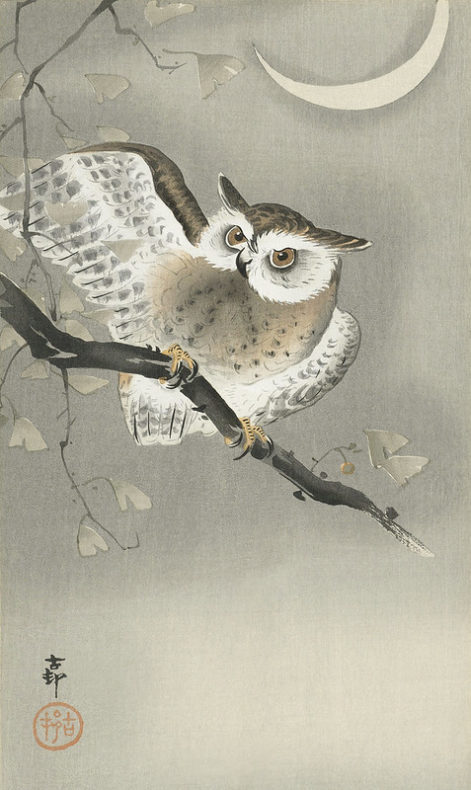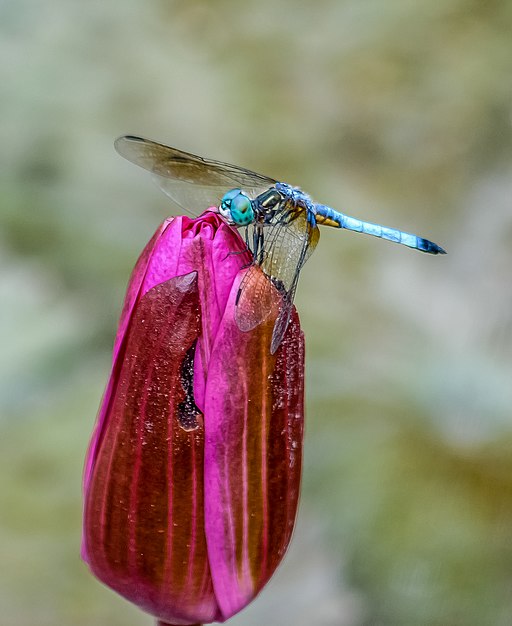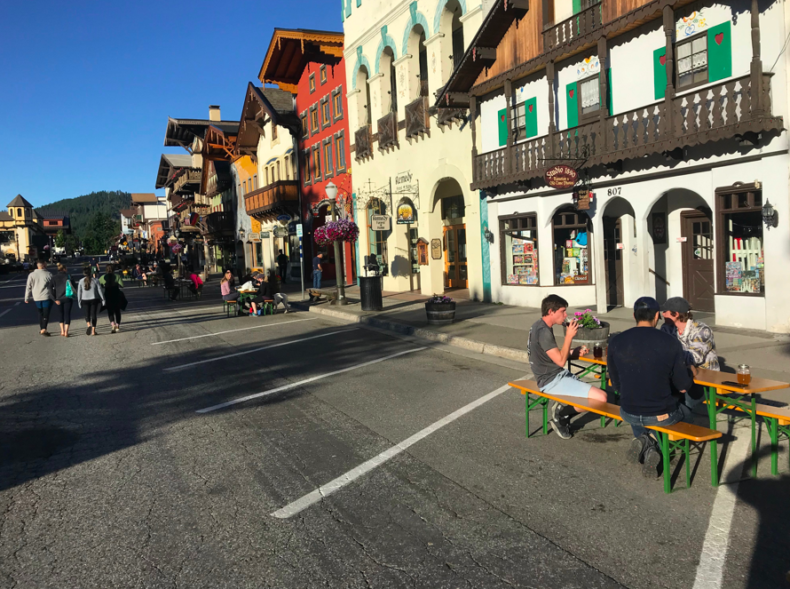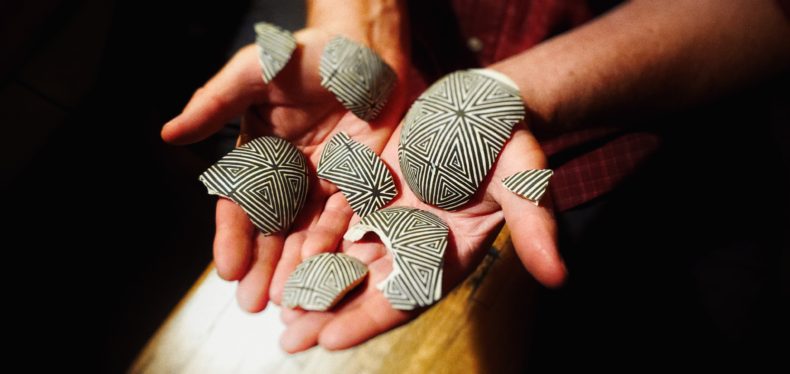There are well-known differences between the drugs you can get over the counter in the UK and the ones you can get in any US drugstore. Got period cramps in the UK? How about some Feminax – it’s got codeine! Cough? Codeine linctus. Aches? Pains? Co-codamol (codeine mixed with paracetamol, known to Americans as Tylenol). Americans are shocked to find these drugs easily available at UK chemists, no questions asked; Brits are frustrated when US pharmacists get the vapours from being asked to casually dispense over-the-counter opioids.
I’ve been in the UK for 10 years, dimly aware of this phenomenon, but never had any cause to pay much attention. That changed when I found out about Kaolin & Morphine, an anachronism so Dickensian it twists the dial all the way around to Roald Dahl.
Kaolin & Morphine: they may sound like two lawyers from a Dickens novel, but they are in fact the main ingredients in an over-the-counter medicine you can get in the UK to treat diarrhea. Now, it’s important to note here that the word “morphine” in Kaolin & Morphine is not one of these oversize-mustache marketing tricks where you sex up a couple of poppy seeds in the ingredients by calling them “morphine” in ye olde time typeface. No sir. You buy a bottle of Kaolin & Morphine and you are absolutely getting a bottle filled with about 10 per cent genuine morphine.
First of all: this really escalated! It’s just the runs, are you really going straight to the opium?
But let’s back up. People have been using clay for stomach upsets for several thousand years. and opiates are known to put a cork in overactive digestive systems, but as far as I can tell it took the British to put these two great tastes together. But when and why? I’ve spent far more hours than I should trying and failing to dig up the answer. A hint can be found in a 1968 paper which mentions that opium alkaloids are “frequently formulated” with kaolin or pectin for diarrhea.
It hasn’t changed much since then. A bottle of kaolin and morphine is basically a thick glurge of the kind of clay commonly found in cosmetic face masks with a bit of morphine and a soupcon each of chloroform and licorice. It is described in the pharmaceutical literature as “a buff-coloured suspension which separates on standing to give a buff coloured sediment and a brown supematant liquid.” Bottoms up!
It probably reached the peak of its popularity with people who are now in their sixties and seventies. A British person in this age range told me that “it tastes exactly like chalk,” and he would help it go down by pouring an amount equivalent to “two fingers of whisky” into a glass and diluting it with a few drops of water. (It was also available in mint flavor but apparently that made it taste even worse.) I found an eBay comment from a person claiming to be 75 whose mother used to give it to her when she was a child (today, there are fairly strict instructions not to give this to anyone under 12).
It’s still widely available if you want it – you can order it from online chemists, and the occasional bottle pops up on ebay and amazon. And you should be able to get it at any pharmacy – but that doesn’t mean you will.
The reasons are a bit contradictory. The pharmacy at Morrisons, a mid-range UK grocery chain, has a strict no-can-do policy on Kaolin & Morphine. “We don’t sell it because Morrison’s policy prohibits having drugs of abuse over the counter,” the pharmacist there told me.
Boots, our big drug store chain, also does not stock the ingredients for mixture. But when I asked if it’s because of abuse, their pharmacist sounded puzzled and said it’s because nobody has asked for it in years.
Independent pharmacies can make their own decisions, so they’re more likely to stock it. But there too it’s hit or miss. One that I called hadn’t had to dispense it in 12 years, and the person I talked to said that the amount of morphine in it, and the concentration, are just not enough to make you feel much of anything. (Though the Morrison’s pharmacist insisted that “where there’s a will, there’s a way.”)
But actually, I’m not sure that’s true. Last year, a reddit poster found an old bottle of Kaolin & Morphine and did some amateur chemistry to separate out the good stuff. Not worth the trouble, he reported.
From a handful of case studies in the 1980s, it seems like getting addicted to kaolin and morphine required serious commitment. The case studies are fairly harrowing [consider this a trigger warning]. One man, who was having seven bottles a day, came to the hospital with a severe potassium imbalance and “a chalky mass the length of his abdomen.” You could probably shit fully formed sculptures if you’re ingesting that much clay. In 1980, a case report mentions a 24-year-old woman who was addicted to the tincture for 18 months, and whose stomach became so perpetually distended she ended up in the hospital. But her habit only intensified after hospitalisation, and eventually her rectum prolapsed and she died.
The sheer effort of drinking that much clay probably explains why several studies have found declines in both use and misuse. Few people bother to even try to abuse it anymore: in Scotland, the percentage of pharmacists who suspected kaolin and morphine misuse among their clientele fell from 27 percent in 1995 to 2.8 percent in 2014.
The liberal availability of codeine and even morphine without prescription in the UK paints a picture of a government that sure seems to let people make their own decisions on a lot of medicinal matters.
This view, however, is probably misleading, if you go by the kaolin and morphine story. The amount of morphine in it is hardly worth the name. Similarly, your mileage may vary, but I find that the amount of codeine in all those codeine products is so slight, it’s more of a placebo. And look what you can’t get at a UK pharmacy that is totally uncontroversial to buy in the US: you can’t get whitening strips that actually work because their hydrogen peroxide content is banned; you can’t get Neosporin because antibiotics are not sold over the counter here; and if you have insomnia, you won’t find melatonin because of European regulations. Hidden beneath our image of hard drugs in gold-leaf bottles, we are definitely the bigger nanny state.
Photo Credit: Clear glass shop round for liquid morphine, United States, Science Museum, London. Attribution 4.0 International (CC BY 4.0)
